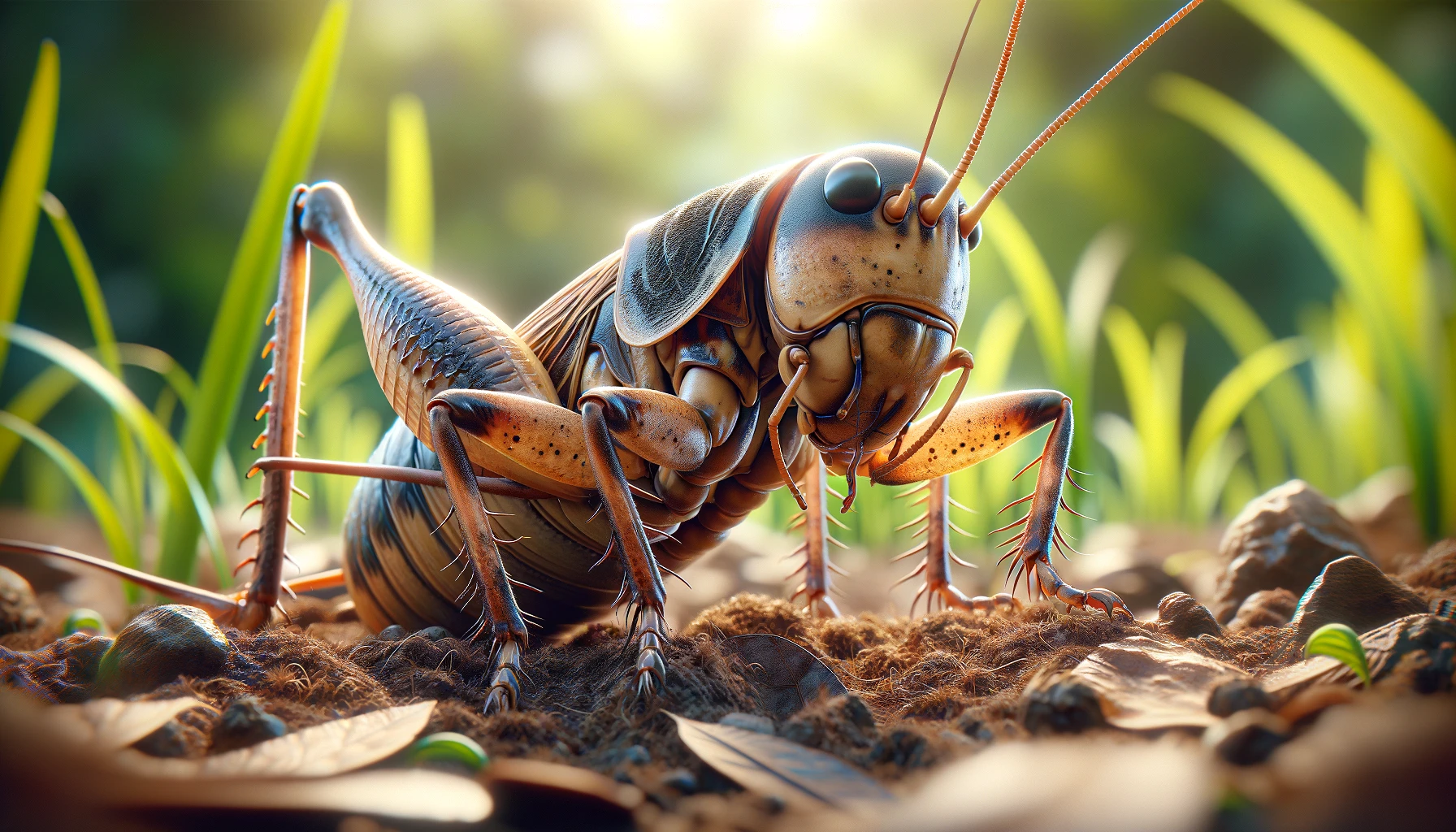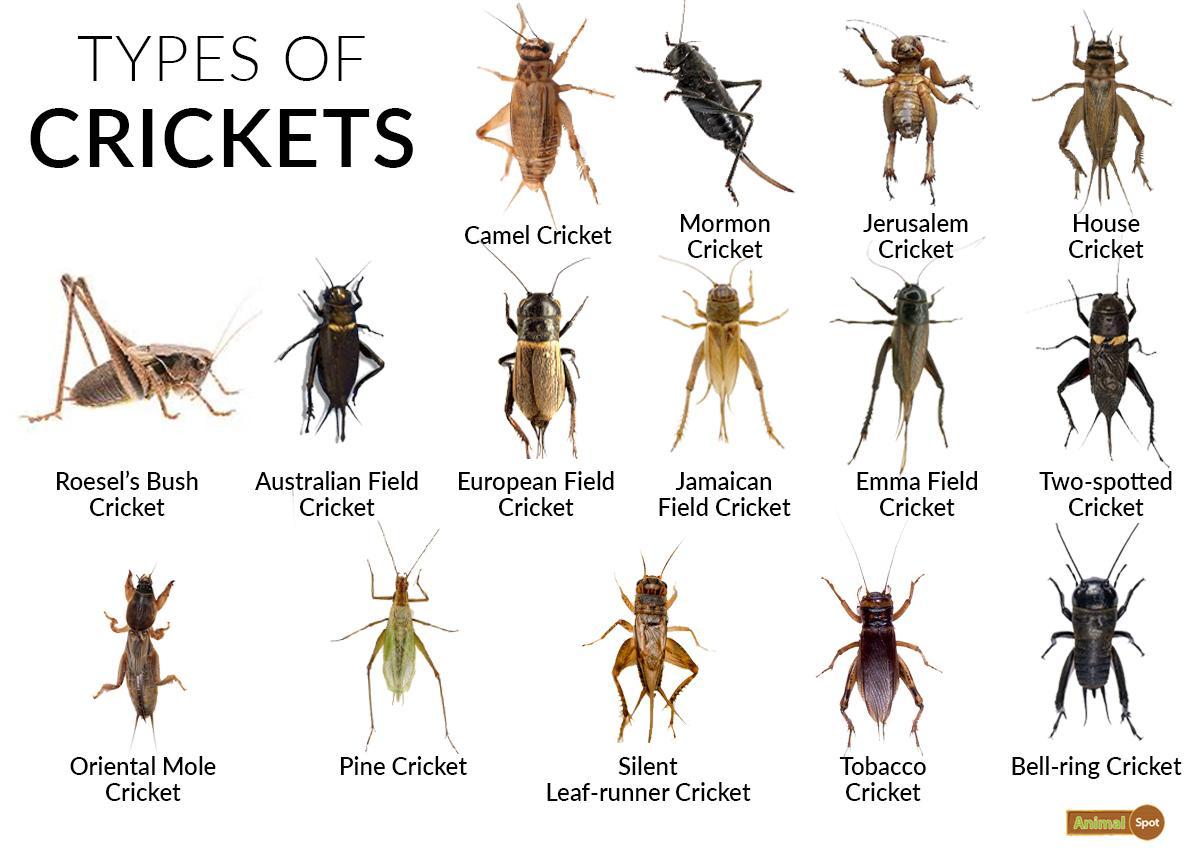
Welcome to the ultimate guide to understanding crickets and other common pests. In this comprehensive guide, we will delve into the world of insects and explore their behaviors, habitats, and ways to effectively manage infestations. By the end of this article, you'll have a deeper understanding of crickets and how to keep your home pest-free throughout the year.
Before we dive into the specifics of crickets, let's familiarize ourselves with common pests found in homes. From ants to termites, cockroaches to bedbugs, these pesky creatures can wreak havoc on our living spaces. By understanding their biology, habits, and vulnerabilities, we can take proactive measures to prevent and eliminate infestations.
Did you know that ants are one of the most common household pests? These tiny insects are highly organized and can quickly establish colonies in various areas of your home. They are attracted to food sources and can infiltrate your kitchen in search of crumbs and spills. By keeping your kitchen clean and sealing any entry points, you can minimize the risk of an ant invasion.
Termites, on the other hand, are known for their destructive nature. These silent invaders can cause extensive damage to the wooden structures of your home, compromising its integrity. It's crucial to regularly inspect your property for signs of termite activity, such as mud tubes or discarded wings. If you suspect a termite infestation, it's best to seek professional help to effectively eradicate them.

Crickets are small insects that belong to the Gryllidae family. They are characterized by their chirping sounds, which are produced by rubbing their wings together. However, not all crickets are the same. There are various types of crickets, including field crickets, house crickets, and camel crickets, each with distinct characteristics and preferences in terms of habitat and food sources.
Field crickets, for example, prefer outdoor environments such as fields and meadows. They often become noisy during the summer months, creating a symphony of chirps. On the other hand, house crickets are more commonly found indoors, seeking shelter in warm and humid areas like basements and crawl spaces. Camel crickets, also known as cave crickets, tend to inhabit dark and damp spaces.
By familiarizing yourself with the different types of crickets, you can better understand their behaviors and implement effective pest management strategies.
House crickets have long been associated with superstitions and myths. Some may believe that the presence of house crickets brings good luck, while others fear their chirping signals impending doom. However, it's important to separate fact from fiction.
House crickets are not harbingers of bad luck, but rather opportunistic insects that seek food, warmth, and moisture. They are attracted to light sources and can find their way into homes through open windows and doors. Contrary to popular belief, they do not cause damage to structures, but their chirping can be quite irritating, especially at night.
Demystifying these misconceptions enables us to approach cricket infestations with a practical mindset and focus on effective and humane prevention measures.
The best way to deal with crickets is to prevent them from entering your home in the first place. Here are some preventive measures you can take:
By implementing these preventative steps, you can significantly reduce the likelihood of cricket infestations and maintain a pest-free environment.

If preventive measures aren't enough, you may consider natural ways to repel crickets. Here are some eco-friendly options:
By harnessing the power of nature, you can repel crickets without relying on harmful chemicals or pesticides.
Remember, when it comes to pest control, knowledge is your greatest weapon. By understanding the habits and preferences of common pests like crickets, you can effectively protect your home and create a peaceful living environment for you and your family.
As the seasons change, so do the pest dynamics. Autumn brings its own set of challenges when it comes to managing pests. From mice seeking warmth indoors to spiders spinning their webs in corners, pest management becomes crucial during this time of the year.
Autumn is a time when pests start looking for shelter and food sources to survive the upcoming winter months. It's essential to be vigilant and proactive in your pest management strategies to prevent infestations in your home.
To effectively manage pests in autumn, consider the following tips:
By being proactive and implementing these measures, you can enjoy a pest-free autumn season. Remember, early prevention and detection are key to effective pest management during this time of year.
Preventing and managing pests isn't a one-time event but an ongoing process. To keep your home pest-free throughout the year, follow these general guidelines:
By incorporating these practices into your routine, you can proactively manage pests and maintain a comfortable and pest-free living environment.
Now armed with this ultimate guide, you are well-equipped to understand crickets and other common pests, identify their behaviors, and implement effective pest management strategies. Remember, knowledge is power when it comes to pest control!
One common pest that homeowners often encounter is the ant. Ants are social insects that live in colonies, and once they find a food source in your home, they can quickly become a nuisance. To prevent ants from invading your living space, make sure to store food in airtight containers, clean up spills promptly, and seal any cracks or crevices where ants can enter.
In addition to ants, rodents such as mice and rats can also pose a threat to your home. These pests can cause structural damage by gnawing on wires and insulation, as well as spread diseases through their droppings. To deter rodents, keep your home clutter-free, store food in rodent-proof containers, and seal off any potential entry points like gaps in the foundation or walls. If you suspect a rodent infestation, it's crucial to address the issue promptly to prevent further damage and potential health risks.